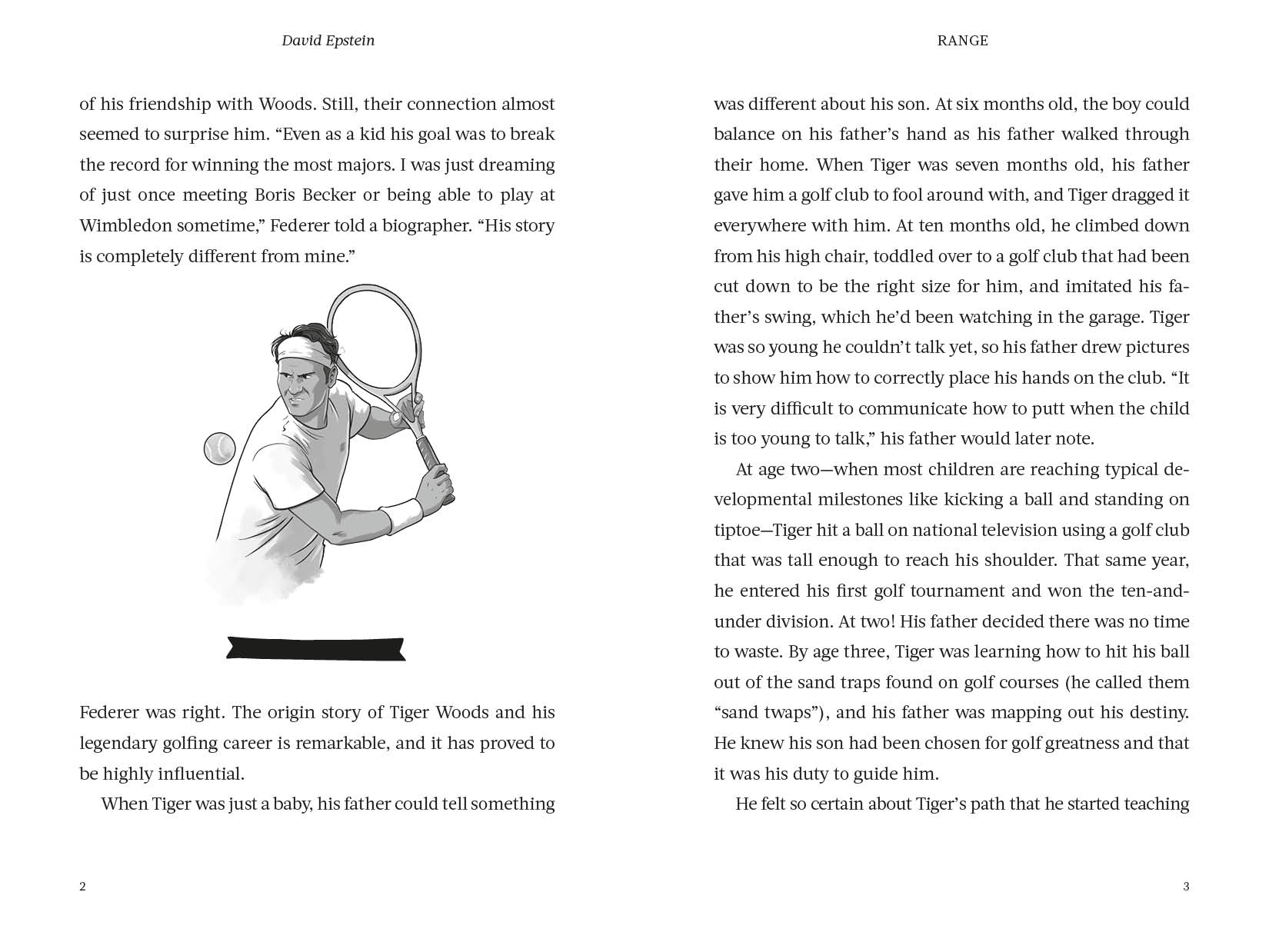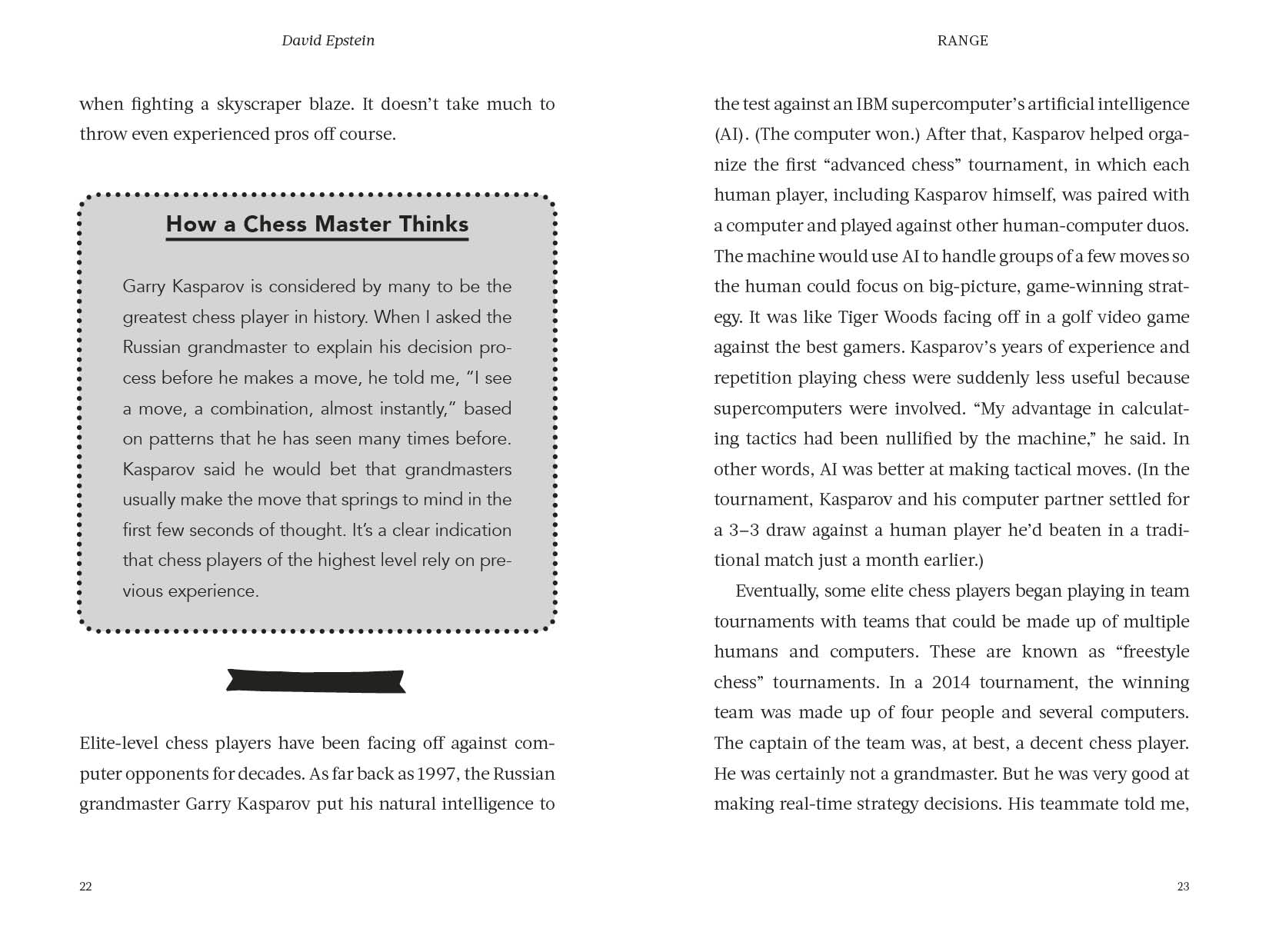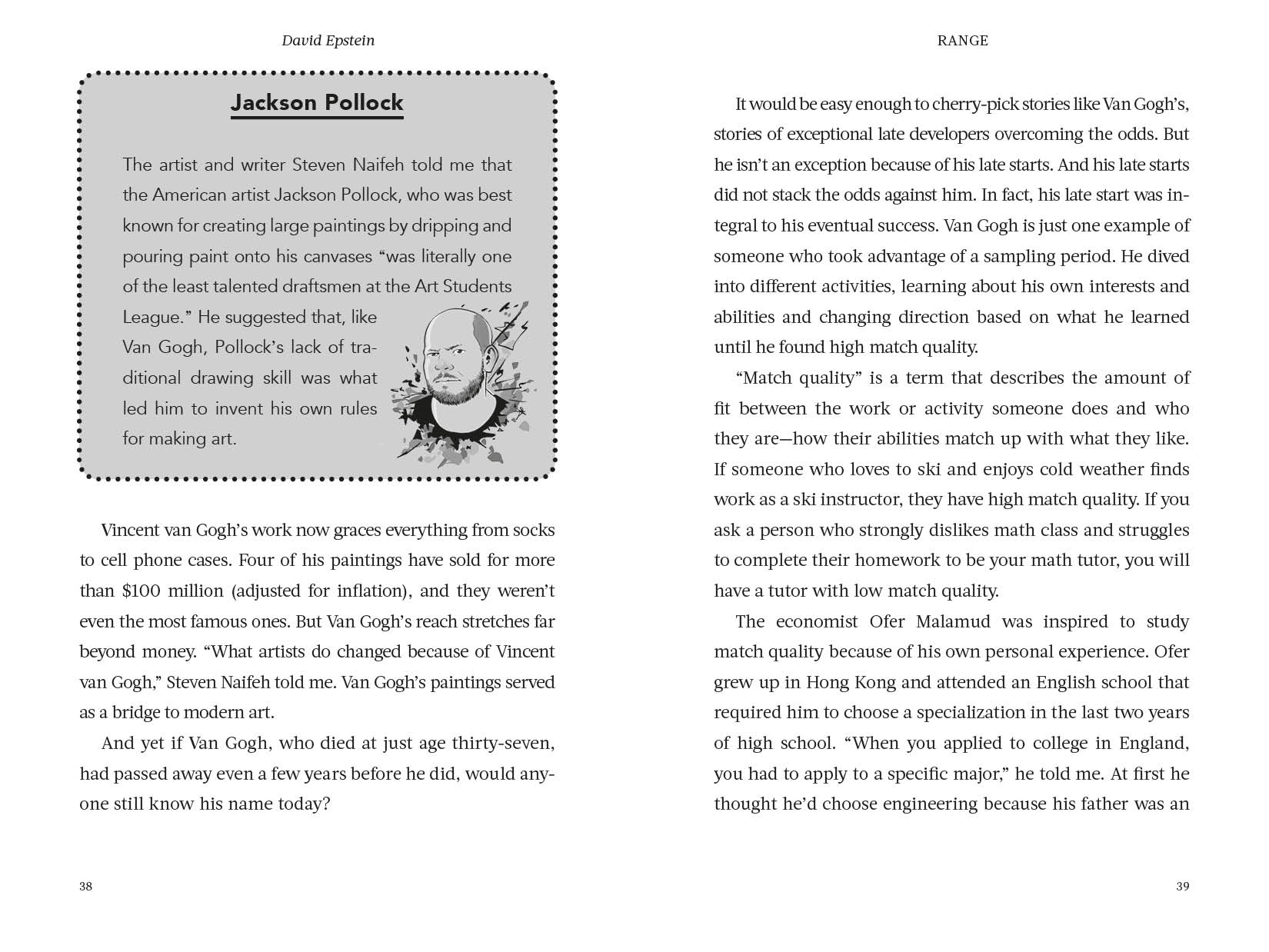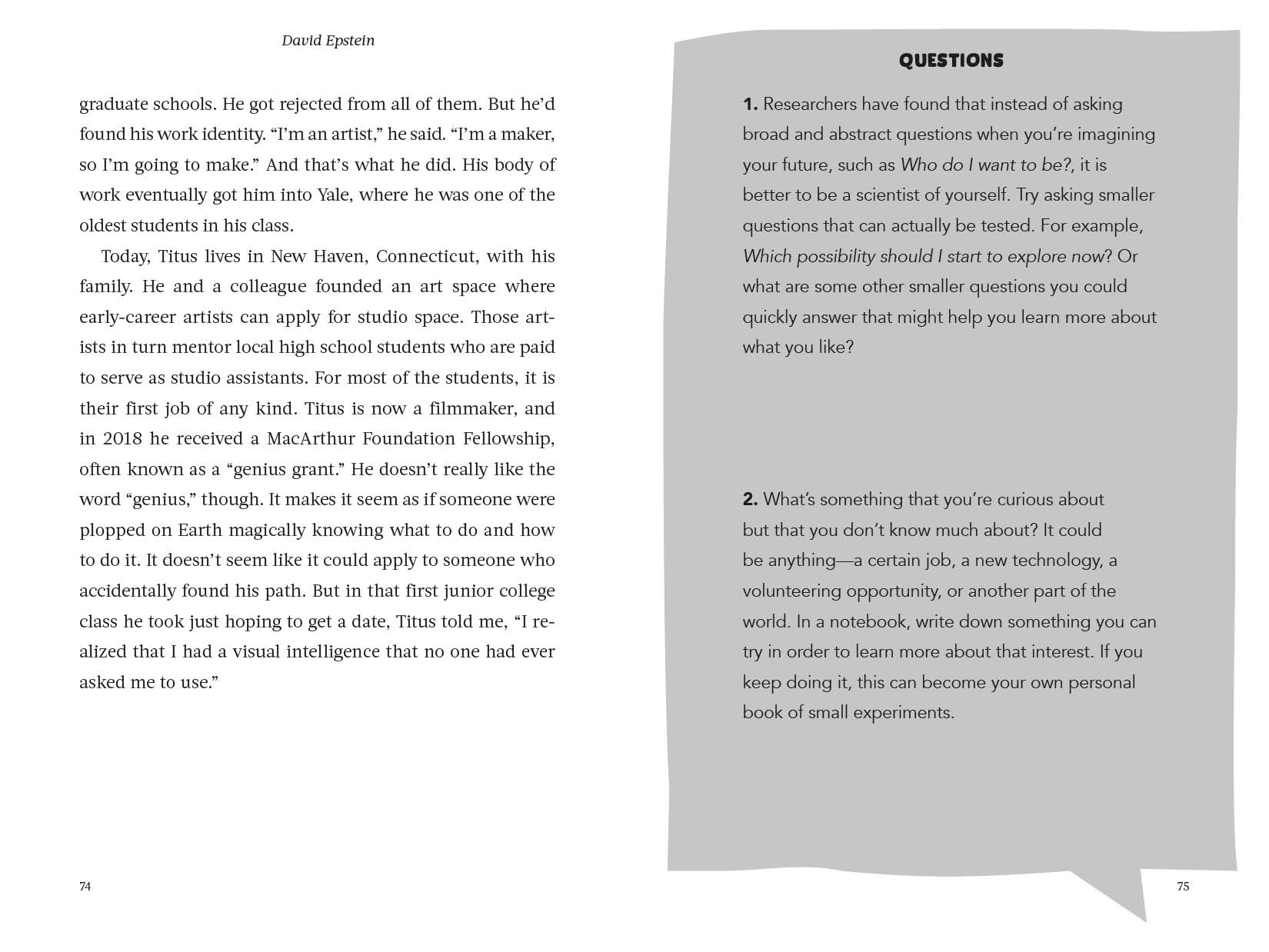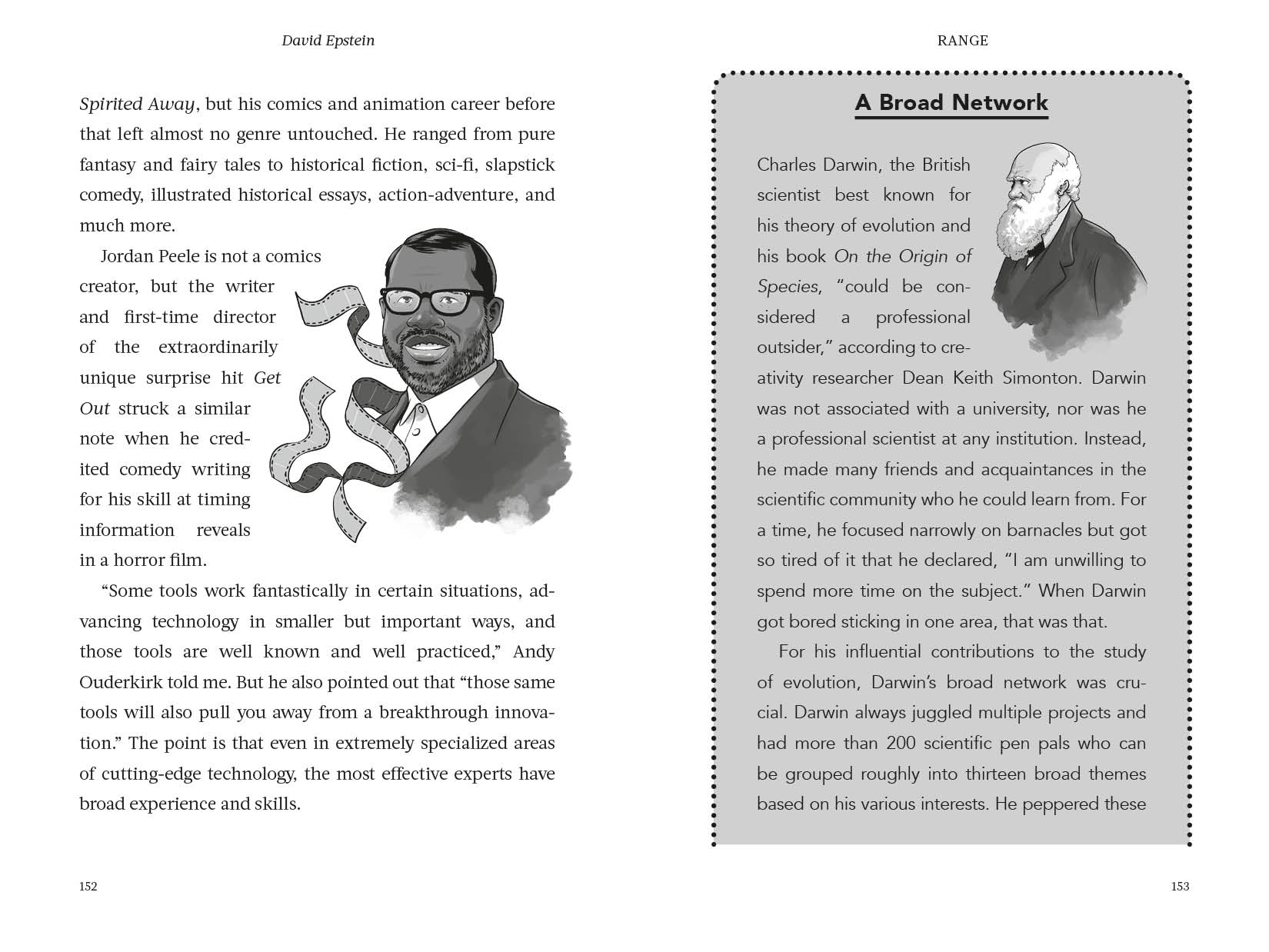IntroductionTeam Tiger or Team Roger?
Legendary golf player Tiger Woods and tennis icon Roger Federer did not meet each other until 2006, when both athletes were at the height of their powers. Woods attended the final of the US Open tennis tournament in New York, in which Federer was playing. Knowing Woods was there made Federer especially nervous, but he still won, for the third year in a row. Woods joined him in the locker room to celebrate. They connected as only two athletes with their level of stardom could and quickly became friends.
“I’ve never spoken with anybody who was so familiar with the feeling of being invincible,” Federer would later say of his friendship with Woods. Still, their connection almost seemed to surprise him. “Even as a kid his goal was to break the record for winning the most majors. I was just dreaming of just once meeting Boris Becker or being able to play at Wimbledon sometime,” Federer told a biographer. “His story is completely different from mine.”
Federer was right. The origin story of Tiger Woods and his legendary golfing career is remarkable, and it has proved to be highly influential.
When Tiger was just a baby, his father could tell something was different about his son. At six months old, the boy could balance on his father’s hand as his father walked through their home. When Tiger was seven months old, his father gave him a golf club to fool around with, and Tiger dragged it everywhere with him. At ten months old, he climbed down from his high chair, toddled over to a golf club that had been cut down to be the right size for him, and imitated his father’s swing, which he’d been watching in the garage. Tiger was so young he couldn’t talk yet, so his father drew pictures to show him how to correctly place his hands on the club. “It is very difficult to communicate how to putt when the child is too young to talk,” his father would later note.
At age two—when most children are reaching typical developmental milestones like kicking a ball and standing on tiptoe—Tiger hit a ball on national television using a golf club that was tall enough to reach his shoulder. That same year, he entered his first golf tournament and won the ten‑and‑under division. At two! His father decided there was no time to waste. By age three, Tiger was learning how to hit his ball out of the sand traps found on golf courses (he called them “sand twaps”), and his father was mapping out his destiny. He knew his son had been chosen for golf greatness and that it was his duty to guide him.
He felt so certain about Tiger’s path that he started teaching his three‑year‑old how to talk to the media. Pretending to be a reporter, he quizzed Tiger, teaching him how to give brief answers and never to offer more than precisely what was asked.
When Tiger was four, his father could drop him off at a golf course at nine in the morning and pick him up eight hours later. Sometimes Tiger came home with money he’d won from those foolish enough to doubt his abilities.
At age eight, Tiger beat his father for the first time. Tiger’s father didn’t mind, because he was convinced that his son was singularly talented and that he was uniquely equipped to help him. He had been an outstanding athlete himself, against enormous odds. Tiger’s father had played baseball in college, and he was the only Black player in the entire conference at the time. He understood people, and discipline. He knew he hadn’t done his best with three kids from a previous marriage, but now he could see that he’d been given a second chance to do the right thing with Tiger. And it was all going according to plan.
Tiger was famous by the time he reached college, and soon his father began talking about his importance in history. His son would have a larger impact than legendary world leaders like Nelson Mandela and Mohandas Gandhi, even greater than the Buddha, he insisted: “There is no limit because he has the guidance. I don’t know yet exactly what form this will take. But he is the Chosen One."
Tiger’s story of becoming an elite golfer is incredible and, as Roger Federer himself noted, completely different from the way Roger’s own story of becoming a tennis champion played out.
Roger’s mom was a coach, but she never coached him. He would kick a ball around with her after he learned to walk. And as a young boy, he played squash with his father on Sundays. He also dabbled in skiing, wrestling, swimming, and skateboarding. He played basketball, handball, tennis, table tennis, badminton over his neighbor’s fence, and soccer at school. He would later give credit to the wide range of sports he played for helping him develop his athleticism and hand‑eye coordination.
Roger found that which sport he was playing really didn’t matter much to him, so long as it included a ball. “I was always very much more interested if a ball was involved,” he would later remember. He was a kid who loved to play. His parents had no particular athletic aspirations for him. “We had no plan A, no plan B,” his mother said. She and Roger’s father encouraged him to sample a wide range of sports. In fact, playing many sports was essential because it kept him busy. Roger “became unbearable,” his mother said, if he had to stay still for too long.
Though his mother taught tennis, she decided against working with him. “He would have just upset me anyway,” she said. “He tried out every strange stroke and certainly never returned a ball normally. That is simply no fun for a mother.”
When he was almost a teenager, Roger began to lean more toward tennis, and if his parents “nudged him at all, it was to stop taking tennis so seriously.” When Roger played matches, his mother often wandered away to chat with friends instead of watching every point. His father had only one rule: “Just don’t cheat.” Roger didn’t, and he started getting really good.
Roger was competitive, no doubt. But when his tennis instructors decided to move him up to a group with older players, he asked to move back so he could stay with his friends. After all, part of the fun was hanging around after his lessons to talk about music, or pro wrestling, or soccer.
By the time Roger finally gave up other sports—soccer, most notably—to focus on tennis, other players he faced had long since been working with strength coaches, sports psychologists, and nutritionists. To some, it may have looked like he was behind in his training. But it didn’t seem to get in the way of his development in the long run. When Roger was in his mid-thirties, which is when many professional tennis players have typically retired, he was still ranked number one in the world.
It may seem pretty unusual for a kid like Roger, who took his sport lightly at first, to grow into a dominant champion like no one before him. Thousands of tennis players, if not more, had a head start on Roger. His was an entirely different scenario from that of Tiger, whose incredible upbringing has been the focus of bestselling books about how to develop expertise. Tiger was not merely playing golf. He was engaging in what is known as “deliberate practice,” the only kind that matters to expertise, according to a concept known as the ten‑thousand‑hours rule. The ten-thousand-hours idea basically says that in order to develop a skill and become an expert at it, the only thing that matters is the number of hours you devote to practicing it, no matter what the skill may be. There is a lot of data about how athletes reach the elite level, and it shows that those athletes spend more time on high-level, deliberate practice each week than athletes who never reach the elite level.
Tiger and his origin story have come to symbolize this idea that the amount of deliberate practice devoted to an activity is what determines success and, therefore, that deliberate practice must start as early as possible. As the British sports scientist and coach Ian Yates told me, parents increasingly come to him and “want their kids doing what the Olympians are doing right now, not what the Olympians were doing when they were twelve or thirteen.” They believe their kids should begin elite-level deliberate practice immediately, similar to how Tiger began.
But that approach from well-meaning parents skips over the fact that what those Olympians were doing when they were twelve or thirteen probably didn’t look like Olympic-level deliberate practice. They were probably still trying out a wider variety of activities that developed their general athleticism, like Roger did. That variety would have allowed them to figure out what they really liked and what they were really good at before they focused narrowly on deliberate practice and developing specialized skills. This “sampling period”—a time of trying out many different things—is essential to the development of great performers. It’s not something to be skipped in order to get a head start.
When we look at the existing data, the idea of an athlete, even one who wants to become elite, following Roger’s path and trying different sports makes a lot of sense. Elite athletes at the peak of their abilities do spend more time on focused, deliberate practice. But those athletes typically devote less time early on to the activity in which they will eventually become experts.
In other words, elite athletes don’t skip that sampling period. They play a variety of sports. They gain a range of physical skills that improve their athleticism. They learn about their own abilities and preferences. It’s only later, after this sampling period, that they focus and start specializing in a single sport. Specializing early obviously worked for Tiger, but according to research, his path is the exception for great athletes and Roger’s is the norm.
When I began to write about these studies, I was met with some criticism, and even denial. “Maybe in some other sport,” fans often said, “but that’s not true of our sport.” Soccer fans were especially outspoken about this. It’s hard to believe that the players on your favorite team haven’t always devoted their entire lives to their sport. But then another study came out showing that Germany’s 2014 World Cup–winning national team was made up of players who continued playing nonorganized soccer and other sports into their twenties. Other studies show similar findings about late specialization in a wide range of sports, from hockey to volleyball. In reality, the Roger path to sports stardom is far more common than the Tiger path. But those athletes’ stories are much more quietly told, if they are told at all.
The push to focus on one skill early and narrowly extends well beyond sports. We are often told that the more competitive and complicated the world gets, the more specialized we all must become (and the earlier we must start) to navigate it. A 2019 report found that by age seven children significantly narrow their ideas of what they will choose for a career when they grow up. And some of our best‑known icons of success are celebrated for their head starts—Mozart playing the piano before he was five; Mark Zuckerberg dropping out of college and cofounding Facebook.
It is certainly true that there are areas that require experts with Tiger-like skills and purpose, especially as the world becomes increasingly complex. But Tiger’s uniquely early focus on one specialized skill is not the only path to success. It’s not actually the typical path to success. In fact, being open to a wide range of activities and being willing to try new experiences early on in life can lead to becoming an expert later.
There’s plenty of evidence that demonstrates why we need more Rogers in the world, more people with range. I hope this book shows the benefits of range and of a Roger-like approach in any area that matters to you, whether it’s choosing a sport or hobby, imagining what you may want to study later in life, or anything else you can dream up.
Copyright © 2025 by David Epstein. All rights reserved. No part of this excerpt may be reproduced or reprinted without permission in writing from the publisher.

